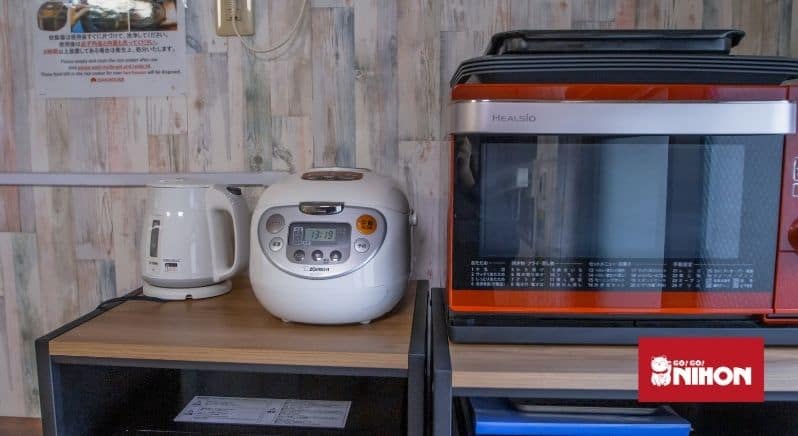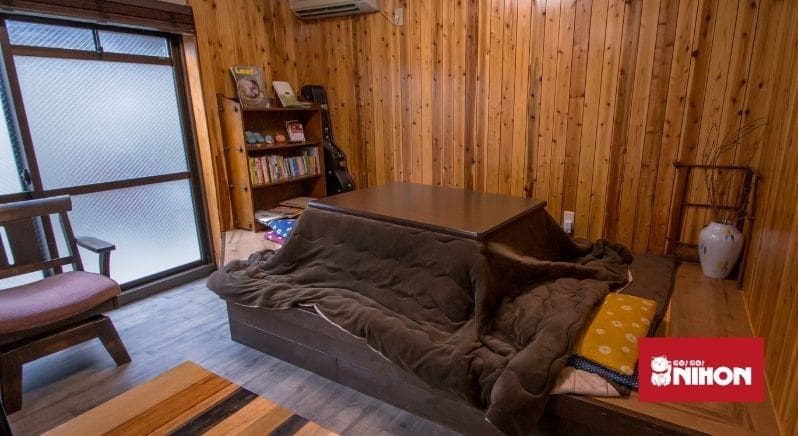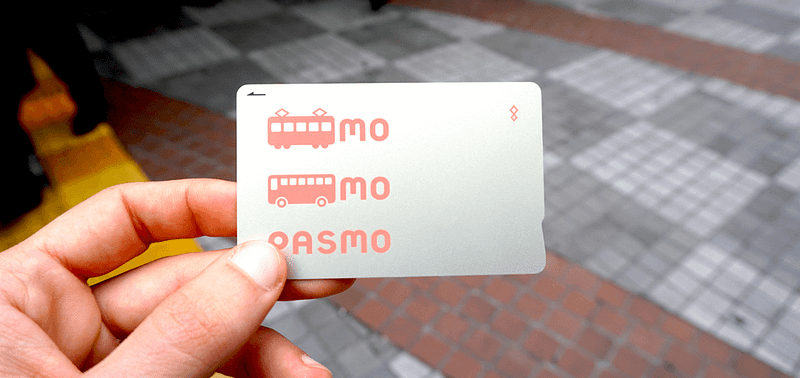You may be very familiar with what’s inside Japanese houses or you may have never stepped foot into one. Japanese houses are notorious for being small, but many seem to be filled with many household goods. Some are unique to Japan and others are much more commonly found in Japan than in other countries.
Let’s take a look at some of the common things found inside Japanese homes. Perhaps you’ll want to buy them too, when you move into your home in Japan.
Tissue box
I understand people from other countries use tissues as well, but Japanese homes literally have a box in every single room. Aside from the obvious use of blowing your nose on it (which, funnily, I rarely see in Japan), tissue paper is used for so many uses including cleaning or as a napkin. You might have even seen them at some restaurants or eateries.
Napkins aren’t really a thing in Japan, so it kind of makes sense, and it’s uncommon to find paper towels inside Japanese houses, though they’re gaining popularity. Many home tissue boxes have cute or stylish cases or covers to match the interior.

Rice cooker
Many Japanese families eat rice with every meal, or at least for one or two meals every day. As a staple food in the Japanese diet, a quality suihanki (炊飯器), or rice cooker, is a must- have Japanese household item. Not only are they convenient, quality rice cookers cook rice perfectly.
Japanese people are very particular about their rice, and make some of the best quality rice cookers. You might have noticed the many options on various types of rice cookers. Some may seem very expensive, but rice cookers are integral to a Japanese kitchen. I found it funny that on the other hand, a lot of people in Japan don’t know how to cook rice on stove tops.
Microwave-oven/toaster-oven
Many Japanese houses aren’t equipped with large ovens for baking and grilling. You could get a microwave-oven that will function as both. Though much smaller than Western-style ovens, it will fit on your small counter space, and you’ll be able to prepare a wider variety of foods with one.
You could also get a toaster-oven, to function as both a toaster and an oven, though they are very small. It may be useful if you’re living by yourself and don’t cook much.

Slippers
When Japanese people take off their shoes to go inside the house, they will change into house slippers, which are worn everywhere inside the house except for rooms with tatami floors. Hosts should provide slippers for guests, so people generally stock up to have enough for household members plus potential guests.
Toilet slippers are also provided inside the bathrooms, exclusively for the bathroom. You are expected to leave the regular house slippers outside the bathroom door and switch when using the toilet. Don’t forget to leave the toilet slippers in the toilet!
Sink net strainer
Some houses have garbage disposal in their sinks but a lot of Japanese homes are not equipped with them. This is where the mizukiri netto (水切りネット), or sink net strainer, comes in handy. They are disposable nets to place in the metal strainer in the sink or inside a separate triangular strainer that sits in the corner of the sink. The strainer catches food waste, which you can then easily throw out and replace.
Next to the sink will usually be a dish rack, as dishwashers can rarely be found inside Japanese houses.
Bathtub cover and stool
You probably know that almost all Japanese homes are equipped with bathtubs. Japanese people traditionally bathe in the tub every day. Although many are fairly small, they are usually pretty deep. A lot of tubs have automatic filling systems with electric reheating. You can set the desired temperature and amount of water so you run the perfect bath without having to worry about it ever overflowing.
Generally, all members of the household use the same bath. Using the bathtub cover allows the bath water to stay warm, as well as to keep away soap and dirt while showering and washing prior to getting into the tub. Sitting on the wooden or plastic bath stools while washing allows usage of bath water or not getting shower water in the tub.

Kotatsu
Though not as common as before, kotatsu (炬燵) are popular inside Japanese homes, especially among colder regions. Wooden table frames are covered by a heavy blanket, on which a tabletop is placed.
Underneath the table is the electric heating device, and it’s so cozy snuggling inside during the winter months. People may eat meals on the tables, work or study, or take even take naps in the warmth. In warmer months, the blanket will be put away and the table can be used as a regular table or put away along with the blanket.

Futon and futon-tataki
Even if you have a bed, an extra futon is nice to have for when friends or family members come to visit and need a place to sleep. In smaller apartments, a fold-out couch may take up too much space, but you might want something a little more substantial than a sleeping bag.
Futon-tataki (布団たたき) is used to beat futons and blow dust and debris off of futons while drying out in the sun. However, it may damage the futon if beaten too much, so recently more people opt for futon vacuums.
Insecticides and repellents
Similar to but smaller than a futon-tataki, a hae-tataki (ハエたたき) is used to swat flies.
Speaking of pests, unfortunately, some Japanese houses are haunted with cockroaches, called gokiburi (ゴキブリ). They are prevalent in Japanese summers, and are very stubborn. There are many anti-cockroach products in Japan, and it’s smart to keep cockroach traps and/or pesticide sprays in addition to regular cleaning of the house.
In the summer, many people also use mosquito coils, called katori-senkō (蚊取り線香), mosquito-repelling incense, or electronic repellents.
All these unique Japanese household items are designed to make life easier and are perfect for the smaller Japanese homes. Make a shopping list ready for setting up your new home.
For more information about life in Japan keep following our Go! Go! Nihon blog.
















